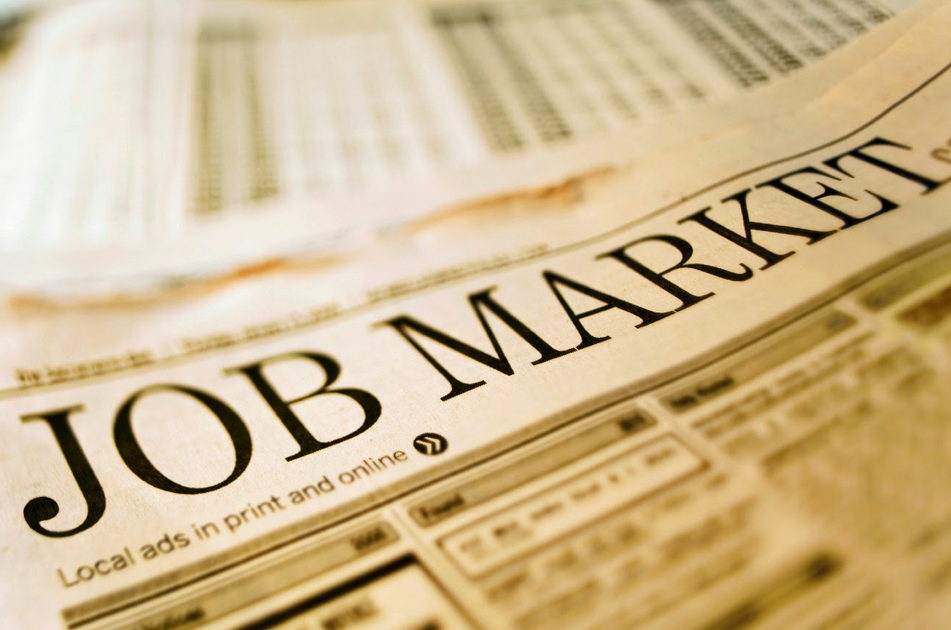US: unemployment stays at 49-year low

US employers hired fewer people than forecast in November and the unemployment rate held at a 49-year low, according to the jobs report from the Bureau of Labor Statistics released Friday.
Nonfarm payrolls increased by 155,000, extending the record streak of net job additions in the US to its 98th month. Economists had forecast that employers added 198,000 nonfarm payrolls, down from the strong print of 237,000 that was reported for October, according to estimates compiled by Bloomberg.
They had forecast that the unemployment rate was unchanged at 3.7% for a third month. The African American unemployment rate, often touted by President Donald Trump, fell to a record low of 5.9%.
With the overall unemployment rate this low, several other economic indicators are finally showing that wages are rising as employers struggle to fill vacant positions. The sluggish pace of wage growth has dogged this economic recovery and remained one of the bleakest trends of an otherwise strengthening jobs market.
The jobs report, a high-level diagnosis on the health of the US economy, indicated a slight cooling off. In the Federal Reserve’s most recent beige book of anecdotes from across the US, several business owners said tariffs were raising their input costs — a trend that may slow their pace of hiring in a jobs market that’s already tight.
Health-care providers hired 32,000 people, manufacturers added 27,000 workers and employment in the transportation industry climbed by 25,000.
Retailers and white-collar businesses also boosted payrolls. Retail stores took on more workers for the first time in three months, adding 18,000 jobs. Professional firms beefed up staff by 32,000.
Economists doubt that employers can continue hiring at a 200,000-plus monthly pace for much longer, as the US hurtles towards a record-setting expansion in 2019. On Thursday, the payrolls processor ADP said in a report that job growth has likely peaked for this cycle.
“With very tight labor markets, and record unfilled positions, businesses will have an increasingly tough time adding to payrolls,” said Mark Zandi, the chief economist of Moody’s Analytics.
This jobs report came at a tumultuous time for financial markets, as Wall Street investors tried to unravel whether the sell-off in stocks was symptomatic of economic malaise, and amid concern the Federal Reserve was raising interest rates too quickly. Central bank officials are widely expected to raise rates again later this month and are thinking about adopting a slower wait-and-see approach in the new year, according to The Wall Street Journal.

